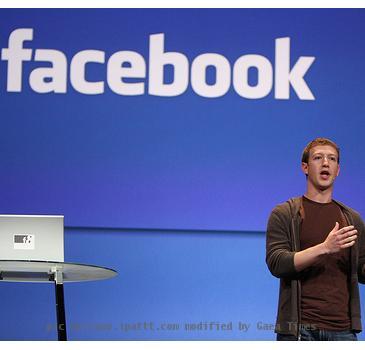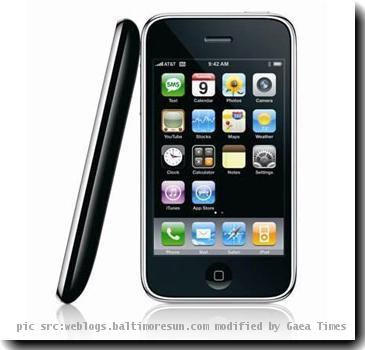Mall owner joins with tech company to push rewards for smart-phone-equipped shoppers
By Peter Svensson, APWednesday, August 11, 2010
Mall deal gives big boost to cell-phone coupons
NEW YORK — The nation’s biggest mall operator is teaming up with a Silicon Valley startup to reward smart-phone-equipped shoppers for walking into its shopping centers.
The partnership between Simon Property Group, which owns 370 shopping centers, and technology company Shopkick Inc. is a big step in realizing retailers’ long-held dream of using cell phones to beam ads and coupons to people passing by.
Simon is launching the program by the end of the month in 25 malls in New York, Los Angeles, San Francisco and Chicago.
Separately, four retailers will start offering Shopkick offers at the same time at some stores, including Macy’s Inc. and electronics chain Best Buy Inc. The other two are being kept under wraps.
The potential to expand the program and affect how and what shoppers will buy is huge, according to Mikael Thygesen, Simon’s chief marketing officer. He is traveling around the country to recruit more retailers into the program.
Thygesen expects to roll the program out to 100 of Simon’s 370 shopping centers over the next couple of months. He anticipates one-third of the centers’ stores to sign up over the next year. Each center averages about 140 stores.
Shopkick’s system doesn’t use the Global Positioning System, or GPS, which is what phones usually use to determine their location. Instead, it relies on retailers installing small speakers at the entrance to their stores or the mall. The speakers emit an inaudible sound that can be picked up by cell phone microphones. The sound contains a code that identifies the store.
Customers have to pull out their phones and fire up the Shopkick application — available for iPhones and Android phones — to pick up the signal. The app figures out where they are, then credits their account with “Kickbucks,” which can be redeemed for songs from Napster; Facebook credits, a currency that can be used to buy games; magazine subscriptions; and cash-back rewards at store partners.
Participating stores also will be sending their own offers, which could include sneak previews to a new fragrance launch or discounts on goods.
One step that may give privacy-conscious customers pause is that they have to give their cell-phone number to the cashier to redeem the rewards to identify their accounts.
“We view this as a win-win … for retailers and for consumers,” said Thygesen. Shopkick will drive shoppers not only to enter stores but also steer them to particular merchandise, he hopes.
Simon won’t get access to the mall’s traffic patterns but will be privy to figures on how many people used the Shopkick app when they’re in the public areas, according to Les Morris, a spokesman at Simon.
Shopkick’s transmitter system guarantees that customers are in the store, not nearby, because the sound doesn’t travel far, said Cyriac Roeding, co-founder and CEO of Shopkick. That sets it apart from GPS-based systems like Foursquare, an app that encourages people to “check in” to stores and other locations to let friends know where they are and compete to accrue “points,” which have no cash value. Retailers want more accuracy than that, Roeding said.
“Nobody can reward anybody for being in the parking lot,” Roeding said.
Roeding said Shopkick isn’t intrusive because shoppers have to actively use the app, and the system can’t track their location outside the store.
At the beginning, shoppers will get generic offers, but as they keep using Shopkick, the technology will learn their preferences and send more customized offers. Retailers will pay Shopkick only for those consumers who walk into their stores with the app recognizing the signal. Payment terms weren’t disclosed.
Forrester Research analyst Sucharita Mulpuru, who previewed the Shopkick technology, said it will help drive customer loyalty but does require a shift in shopper behavior.
“Right now, people are using their smart phones for texting. They’re looking at news sites and playing games,” she said. “But they’re not really shopping yet.”
The most recent Forrester survey, about a year old, found that less than 20 percent of Web buyers had smart phones and of that number, only 30 percent were doing anything retail-related. Still, Mulpuru noted that if the deals are compelling enough, Shopkick could push “shopping” higher on the list.
Best Buy and Macy’s plan to post marketing materials throughout stores explaining how Shopkick works. Best Buy would say only that it’s launching the program in certain markets including San Francisco.
Macy’s will test the technology in more than 150 of its roughly 800 stores starting next week. The markets include the New York area and San Francisco.
Martine Reardon, Macy’s executive vice president of marketing, wouldn’t reveal rewards, but they’ll have a back-to-school focus.
She said she can envision sending customers who bought a certain color of lipstick a coupon for matching blush. Other offers could be a sneak preview of a new fashion collection, she said. The chain is waiting to see how the tests perform before deciding whether to expand the program, Reardon said.
“We like to be innovative,” she said. “We never shy away from something that’s not proven. I am not sure if it’s going to work, but every sign points that it will.”
Tags: Communication Technology, Consumer Electronics, Mobile Communications, New York, North America, Travel, United States



